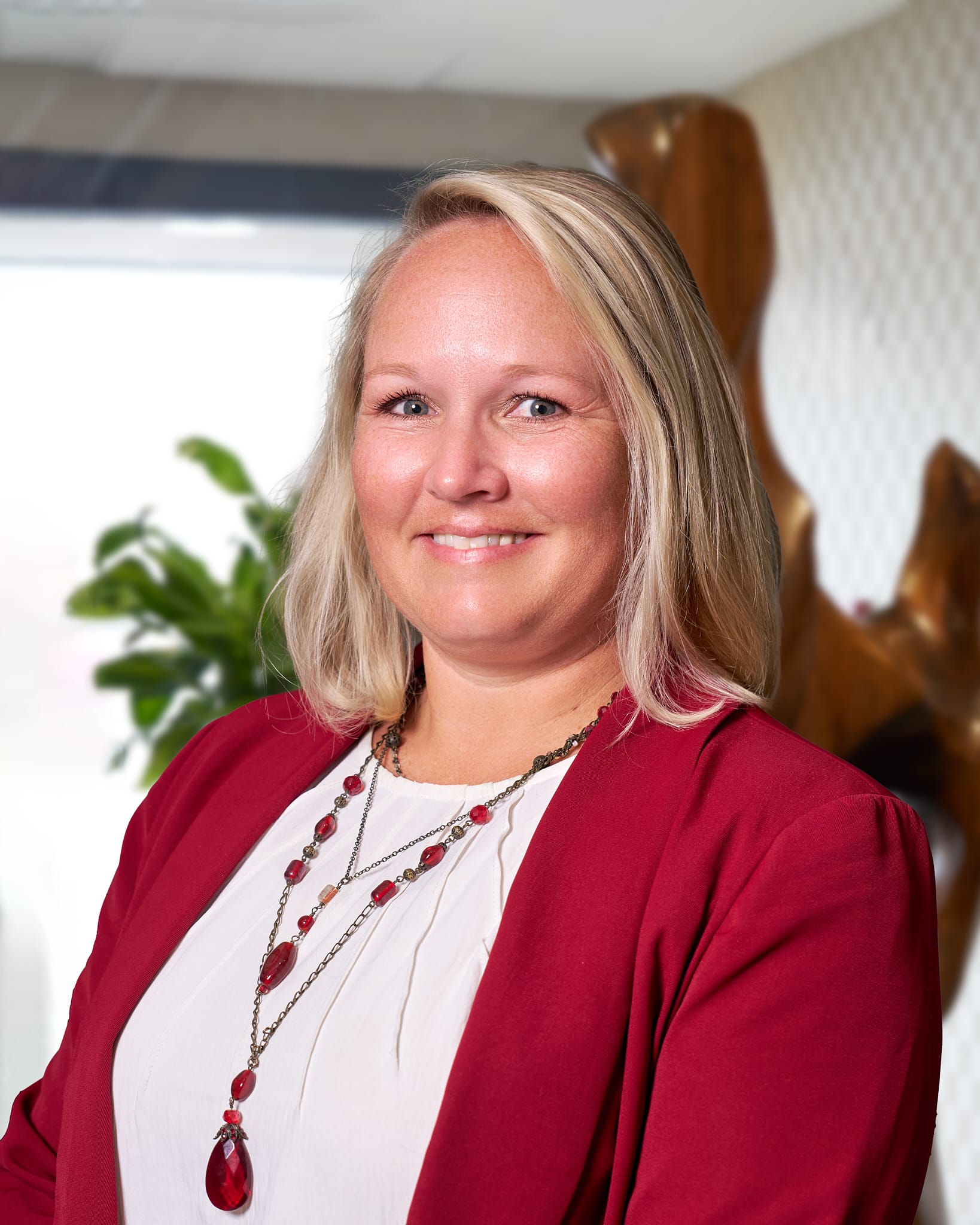
Collaborative Design in Action: Building Conferences (and Organizations) That Actually Work
Let’s be honest: change can cause friction when it’s forced from the top down. It fizzles. It frustrates. It can breed resentment and half-hearted execution. That’s why participatory organizational development is the smarter move — because when people are trusted to design their own solutions, they don’t just adopt change, they own it.
At A-G Associates (A-G), we believe in putting that ownership into practice. Our work is built on a foundation of evidence-based research, human-centered design, and a solutions-focused framework that moves organizations beyond just diagnosing problems. We focus on amplifying what already works, finding strength in the system rather than treating it like something broken.
Recently, a federal agency came to us with a challenge: help them design a multi-day conference bringing together over 400 representatives from multiple regions and multiple organizational levels in a multi-day in-person strategic planning event to lay the foundation for the future. But there was a twist. They didn’t want a templated agenda built in a vacuum. They wanted something real — a conference that reflected the voices, needs, and priorities of the people who would be living it. Rather than imposing a pre-determined agenda, our client wanted a conference that genuinely reflected the needs and priorities of attendees.
Team A-G answered the call with a solution tailored to the need: Participatory Organizational Development – a collaborative, iterative process that empowers the organization to design a conference that truly serves their needs.
What is Participatory Organizational Development?
Participatory organizational development engages stakeholders at all levels in designing their own solutions rather than imposing change from the top down. This approach creates more sustainable outcomes, ensures alignment with actual needs, and builds strong buy-in from the beginning for lasting organizational impact.
A-G’s approach to Participatory Organizational Development is grounded in the following principles:
Our Delivery
We started by laying the groundwork: working with the agency’s core planning team to set up transparent tracking channels, collaborative workspaces, and developing sessionFrom there, we led participatory listening sessions with 167 representatives across eight regions, using digital tools like Miro boards to capture every idea, every concern, and every spark of insight. For those less comfortable speaking out loud, we created multiple pathways for contribution, ensuring no voice was left behind.
The next step was where the magic happened. By synthesizing collective intelligence through qualitative data analysis, we transformed participant input into clear, actionable insights. Presenting findings back to stakeholders for their validation and refinement helped to maintain the integrity of stakeholder voices while ensuring transparency in the data analysis.
Together with the planning team, we then built a representative planning committee that ensured balanced representation across regions and roles and facilitated the kind of strategic conversations that actually lead somewhere. In four, two-hour structured but interactive discussions, data transformed into strategic decisions. What emerged wasn’t just an agenda. It was a living blueprint for a conference designed by the people, for the people.
Outcomes
The process yielded an agenda framework that directly responded to prioritized objectives . Stakeholders saw their fingerprints all over the final product, and the process itself began building connections that would continue at the conference, breaking down silos that had previously hindered collaboration. And because we had mapped the path with care, the agency saved significant time and resources focusing on their real work rather than getting bogged down in endless planning meetings. Finally, the skills and collaborative processes introduced during this process will continue to influence the agency’s approach to future initiatives, creating lasting organizational capabilities.
Impact
In the end, a successful conference engagement was just one part of the win. What mattered most was what lasted: new collaborative capabilities, cross-regional relationships, and a new standard for how change could — and should — happen.
When done right, a Participatory Organizational Design approach delivers clear return on investment in multiple dimensions:
If you’re tired of top-down initiatives that fall flat for your organization, it may be time to try a collaborative conference design approach.
We’re ready when you are.
If you’re planning a conference, summit, or gathering and want it to spark real engagement, lasting connections, and meaningful outcomes, you’re in the right place.
About the Author

Lyndsey Tuft, PhD, ODPC is an Organizational Development Consultant at A-G Associates specializing in evidence-based organizational transformation for federal agencies. At NASA Langley Research Center, she developed data visualization systems that transformed employee survey data into actionable insights for executive leadership. Her initiatives have generated $398,000 in cost savings and reached 40,000 federal employees with a 92% engagement rate. Dr. Tuft holds a PhD in Industrial & Organizational Psychology and ODPC certification, serving as a peer reviewer for the International Society for Organizational Development and Change, Association for Psychological Science, and the Academy of Management.
